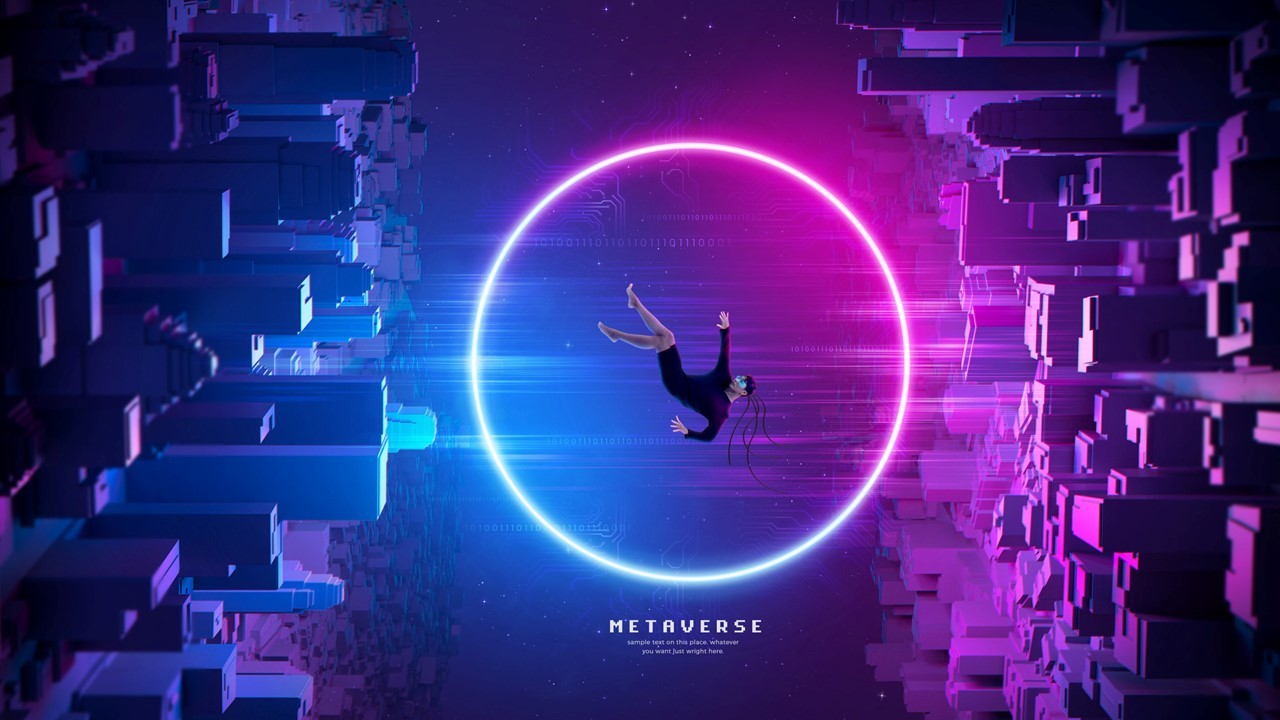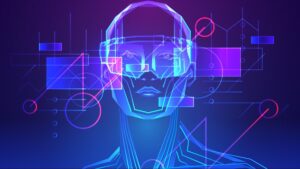Tech News
WiMi Hologram Cloud(NASDAQ: WIMI): Virtual People industry is a black horse in the Metaverse

Recently, according to the report “China AI Digital People Market Status and Opportunity Analysis 2022” released by IDC, China AI digital people market size is showing a high growth trend and is expected to reach RMB 10.24 billion by 2026. The report points out that policy, application value, market demand, capital expenditure, and technology maturity are combining to drive the rise of the AI digital person market.
IDC reports that most current digital people are in the L1-L3 stage, which relies on algorithm-driven limbs, gestures, mouth patterns, expressions, etc. Digital people can perform simple decisions and operations. The future digital people will achieve the L4-L5 level, where digital people will make decisions and perform tasks independently and fully realize intelligent interaction. There is no doubt that manufacturers with leading AI capabilities will realize the L4-L5 level faster.
Metaverse allows virtual humans to create more value
From 2021, the first year of the metaverse, the metaverse has continued to rise in popularity, and major Internet giants at home and abroad have clear plans for the construction of the metaverse. In the layout of the metaverse, the giants have tried different tracks such as games, social and content, and focused on them according to their advantages. The impact of metaverse on public life is not only limited to the above. In the first year of the metaverse, the “virtual digital person” has more new ways to open.
As one of the core elements of the metaverse, or representing the “identity” of the eight elements of the Metaverse, the virtual digital person is a constituent element and interaction carrier of the metaverse, and the two are mutually empowering. Among the eight elements of the metaverse proposed in Roblox’s prospectus, identity is one of the important elements. Every user entering the metaverse needs to have a virtual identity, so avatars can be used as a second identity for human beings, allowing each user to have a virtual image of their own and complete a new virtual life.
At the same time, the metaverse also gives more meaning to virtual people, or in the future, users and virtual people to achieve real-time interaction in the same world. Nowadays, from the current use scenario, there are two main categories, namely, a functional virtual digital human with virtual idols, virtual IPs, virtual characters, etc., and a service-oriented virtual digital human with digital employees, virtual customer service, virtual NPCs and e-commerce anchors. Nowadays, the application value of a digital person is gradually highlighted, and its market value is also continuously raised.
In this context, many companies and investors have started to explore how to make virtual humans come true. Epic Games, the creator of the Unreal Engine, has released MetaHuman Creator, an ultra-realistic character creation tool that creates highly realistic human faces and supports human movement and facial animation, dramatically reducing the time it takes to create avatars. NVIDIA also launched the Omniverse Avatar platform for creating interactive AI avatars. Baidu officially launched the “Baidu Intelligent Cloud Xi Ling” intelligent digital human platform, which provides one-stop avatar creation and operation services and enables AI technology.

The imaginary space of WiMi virtual digital human
In addition, the market size of virtual digital humans is showing a high growth trend. Based on such an optimistic market prospect, giants with related technical backgrounds like WiMi Hologram Cloud (NASDAQ: WIMI) have been fist-pumping for a deeper layout. Due to the underlying advantages, WiMi is building an ecosystem around the needs of the metaverse era, from technology to software, hardware to content. The popularity of metaverse has inspired a new head of business extension for WiMi, and WiMi will actively participate in the field of virtual digital people, both on the user side and enterprise side.
In detail, the hardware ecology, WiMi AR products, motion capture props, and other hardware development, provide users the access to associate the digital person to the user high-frequency scenarios, to better serve the user’s life, entertainment, and other needs. For example, to meet the user’s search needs in multiple scenarios such as shopping, learning, and travel, not only to create twin virtual humans for users but also to help people immerse themselves in the metaverse through the restoration of five senses and a more robust immersive experience. WiMi continues to make improvements in the image and functions of the digital person and is committed to creating value for users and providing personalized experiences through the integration of the digital person and multiple application scenarios.
On the enterprise side, WiMi opens up the AI capability of the whole chain of digital human production to meet the customization needs of enterprises for digital people. At present, the digital avatars created by WiMi through AI technology have been applied in many fields such as finance, cultural tourism, mutual entertainment, etc. In anticipation, under the general trend of digital transformation and the wave of the metaverse, the demand for digital avatars from B-side customers is expected to grow significantly to achieve cost reduction and efficiency in marketing and services. WiMi leverages digital avatars to lay out in the metaverse in advance, helping the company to occupy a place in the metaverse subsequently.
Conclusion
A virtual person is a very unique industry that can establish a similar virtual image on the Internet, the public can through this virtual image carry out a variety of “try on” “play” and other acts, which can be a very intuitive experience the actual effect of many goods. Nowadays, a virtual digital person has become a new way of brand marketing, the customized virtual image is more in line with the brand tone, and the marketing effect is more diversified in the live e-commerce and advertising, which can more directly stimulate users’ consumption desire.

In short, as the basic unit and identity carrier of users in the metaverse era, virtual digital people are entering people’s daily life with various images such as avatars, virtual idols, virtual anchors, and virtual digital employees, paving the way for the real arrival of the future metaverse and the formation of virtual civilization. From Web2.0 to Web3.0, from the Internet to the metaverse, along with the deepening of the digitization process, the whole society gradually shows the characteristics of “virtualization”, and the explosive growth of the virtual digital person market comes out smoothly.
-

 Business6 days ago
Business6 days agoWall Street Rallies as Strong Jobs Report Fuels Optimism
-

 Business5 days ago
Business5 days agoS&P 500 Achieves Historic Winning Streak Amid Easing Trade Tensions
-

 Government6 days ago
Government6 days agoSupreme Court Case Martin V. USA: A Landmark Moment for Government Accountability in Wrong-House Raids
-

 Civil Rights7 days ago
Civil Rights7 days agoUS Government Under Fire for Wrong-House Raids: Accountability at Stake
-

 Health & Fitness4 days ago
Health & Fitness4 days agoBudget Cuts Slash Vital Health-Tracking Programs in the U.S.
-

 Business3 days ago
Business3 days agoUS Stock Market Soars on Positive Jobs Data and Trade Optimism
-

 Business4 days ago
Business4 days agoUS Stock Market Soars as Jobs Report Surprises and Trade Tensions Ease
-

 Crime5 days ago
Crime5 days agoU.S. Treasury Takes Aim at Major Mexican Cartel Linked to Fentanyl Trade













